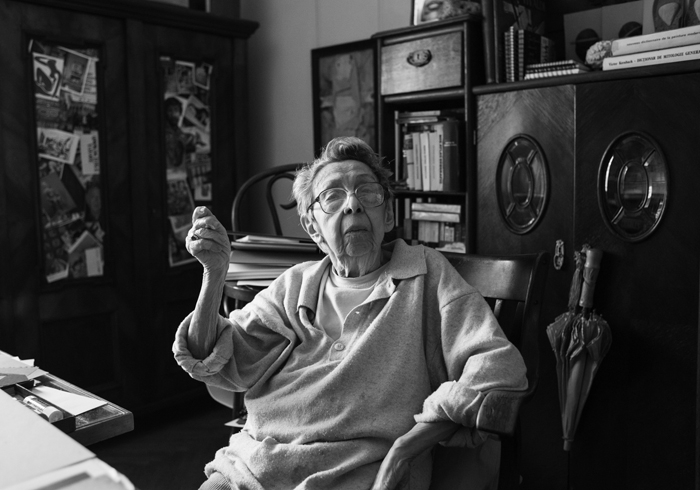Geta Brătescu, the Romanian pioneer artist who represented her country at last year’s Venice Biennale, has died age 92.
Born in 1926 in Ploiești, Romania, Brătescu studied at the Academy of Fine Arts in Bucharest and created much of her work under Romania’s communist regime, notably under the repressive dictatorship of Nicolae Ceaușescu (1965–89). At a time when artistic expression was policed and restricted to regime propaganda, Brătescu ‘chose neither to be a political artist in resistance to the state or to submit to being a state artist painting homages to Ceaușescu, but found ways both to placate the state and to make her own work’, Helen Sumpter writes in her 2015 profile of the artist. Throughout a five-decade career, Brătescu experimented with a variety of media, from drawings and collages, to film and performance, through sculpture, etchings, textiles, tapestries, illustration and travel journals. A recurring motif for the artist was her own studio, which, more than a place of creation, became significant ‘as subject, as private stage and often as an interchangeable stand-in for the artist herself’. Beside her participation in the Venice Biennale in 1960 and the Sao Paulo Biennial in the 1980s, Brătescu’s work only gained internal recognition in recent years, notably with her inclusion in Documenta 14 and the Venice Biennale in 2017 and a career survey at Tate Liverpool, leading to her representation by Hauser & Wirth that same year.
Read Helen Sumpter’s profile of the artist here
20 September 2018
